Scaling Ethereum 2024 Finalists Overview
From April 5th to 26th, Ethglobal hosted a hackathon event called Scaling Ethereum 2024.
The event brought together some of the top thinkers and experts in the Ethereum ecosystem, providing teams with rich Web3 resources such as mentors, partners, and software to accomplish great things in a little over two weeks. Here are the 8 projects that made it to the final round.
Monadic DNA: Privacy Protection for Personal Genetic Data
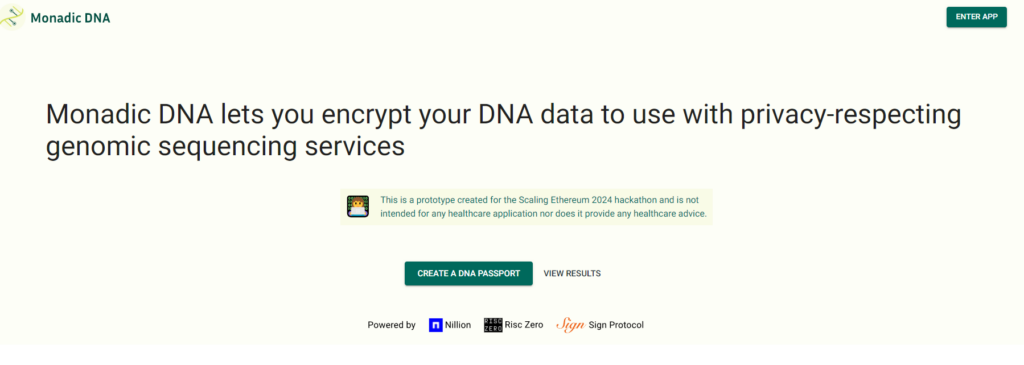
Monadic DNA serves as an illustrative example showcasing what a new paradigm for respecting personal genome services’ privacy could look like.
We envision a future where people own their genetic data without having to disclose it to any provider and can still enjoy the benefits of this rapidly evolving field.
Once someone obtains the raw DNA file from a provider, the Monadic DNA portal allows them to upload the data and receive a DNA passport.
In the background, the raw data is processed (and then discarded), with some data stored secretly on the Nillion network. The actual DNA passport returned to the user contains an identifier, some useful hash values, and metadata about the secret stored on the Nillion network.
On-chain proofs based on off-chain computation provide an open, scalable paradigm for respecting anonymity and privacy in medicine.
SignKaleidoscope: Visualizing Signature Paths with Dynamic Graphics

SignKaleidoscope is a Sign Protocol browser with interactive graphical visualization capabilities.
Explore accounts, patterns, and proofs by clicking nodes and edges on the chart, using the search field, or navigating links in the overlayed details layer. Drag to pan the chart and scroll to zoom in and out. As new entities are discovered, nodes and edges will automatically appear and connect in the graph.
EthereumL10nService: Decentralized Translation Network with AI and Human Validation
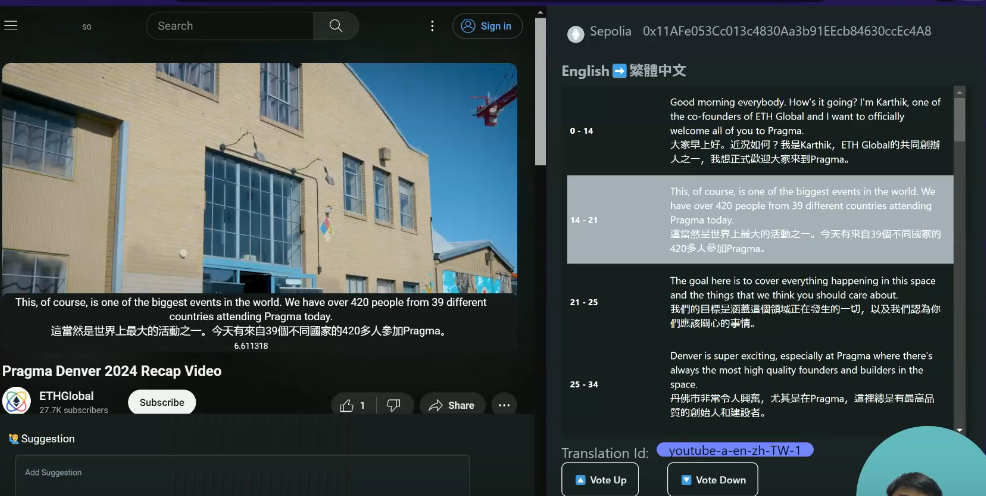
To enable Ethereum to reach the next billions of users, we need to break language barriers. Only 16% of the population speaks English, yet over 60% of the content is in English.
Therefore, the project is establishing an incentive network for AI translation agents and human validators.
In the project demo, it translated videos from the Pragama Denver Playlist on Youtube. Using OpenAI Whisper for ASR, ASR is converted into the original English transcript, then OpenAI LLM is prompted to provide the final translation (Traditional Chinese) file in vtt format.
The vtt subtitle file is uploaded to IPFS for decentralized AI processing and execution. Through a Chrome extension, we can see the translated subtitles, and end-users can provide feedback by voting as in StackOverflow. These votes will create cryptographically proven proofs using the user’s wallet and send them back to our servers.
This way, we can prevent abuse and further calculate incentive distribution based on contributions.
TxFusion: Performing Multiple Transactions in One Call and Signature
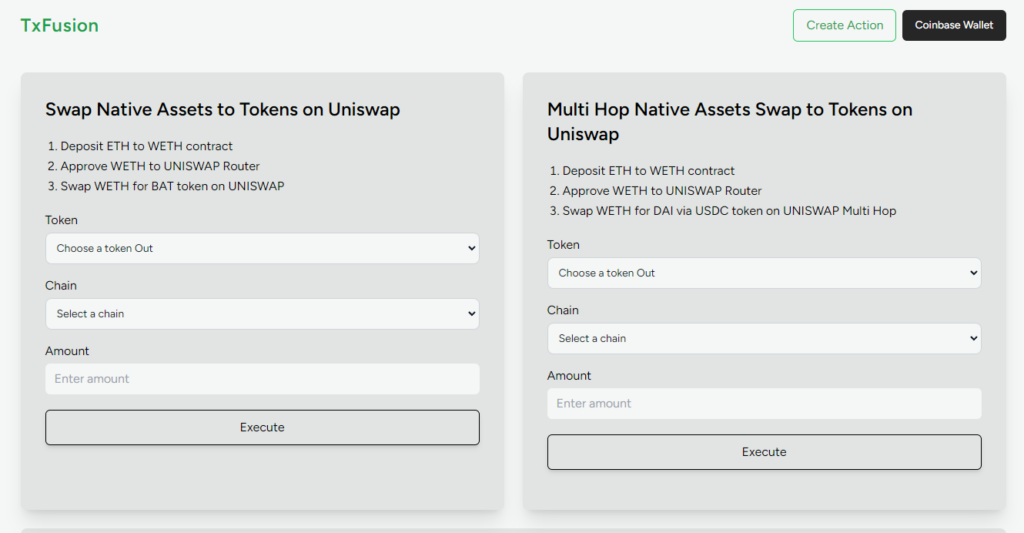
TxFusion is a platform aimed at simplifying and improving the user experience of managing multiple DeFi transactions. It utilizes the new EIP 5792 standard, introducing a new wallet method called wallet_sendCalls. This method allows users to create batch transactions, enabling them to perform multiple operations through a single call and signature.
DeFi users often face the complexity of managing a large number of transactions across various protocols such as Uniswap, Compound, and Aave. This process can be time-consuming and cumbersome, resulting in a less-than-ideal user experience. Executing multiple transactions also incurs more gas fees.
The project addresses this challenge by providing a unified platform to simplify the execution of multiple DeFi transactions.
forge flamegraphs: Solidity Development Optimization Tool
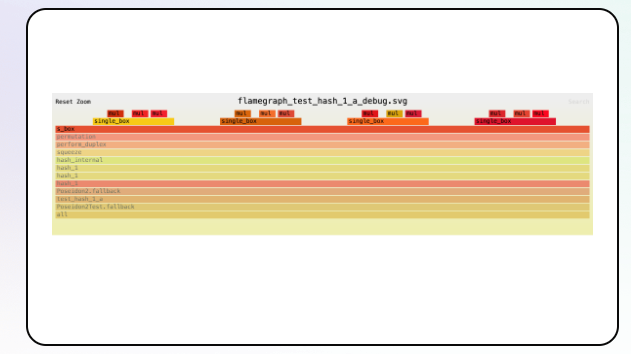
When we have some reliable code and want to optimize it, the tools available to assist are limited. There is no open-source Solidity Profiler that is actively maintained and usable with Foundry or Hardhat. This makes the gas optimization process very time-consuming and, of course, requires a lot of skill.
For these reasons, only experienced Solidity developers excel at gas optimization because they are better at guessing and drilling down into which part will consume more gas.
Flamegraphs are used to analyze system software and identify performance bottlenecks. We built a plugin for Foundry that can parse low-level debugging traces to generate folded stack traces for graphical representation, making it clearer where optimizations should be made, thus lowering the development threshold.
CreateToolBelt: Smoother Contract Deployment
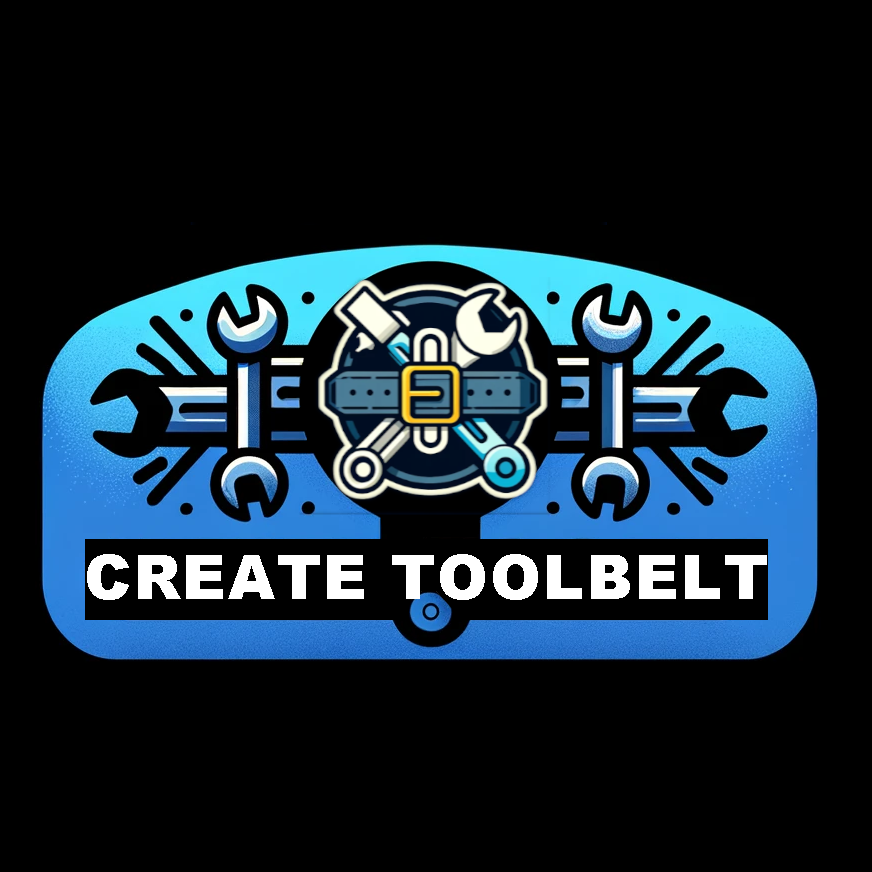
CreateToolBelt is a comprehensive toolkit designed to address multiple challenges developers face when deploying contracts on the Ethereum blockchain.
The suite consists of three main components: Create 2D eployer, Create 2 SafeDeployer, and Create 3D eployer.
Create 2D eployer allows deterministic contract deployment using the CREATE 2 opcode, enabling developers to deploy contracts to predictable addresses. We enhance this with Create 2 SafeDeployer, which employs a novel approach to prevent frontrunning by using a salt linked to the first 20 bytes of msg.sender, ensuring only the deployer can execute as expected. Finally, Create 3D eployer extends these capabilities to multiple blockchains, allowing deployment to the same address on different chains using only the deployer’s address and salt, a groundbreaking step for developers dealing with interdependent contracts across multiple platforms.
ChainSweep: Blockchain Version of the “Minesweeper” Game

This game is an on-chain implementation similar to the famous “Minesweeper” game.
In the blockchain realm, you must validate blocks, avoiding including faulty blocks. When you click on a defective square, you lose. When you validate all blocks without errors, you win.
The game runs entirely on-chain (Arbitrum Stylus testnet). Every move you make is a separate transaction.
The crucial information in the game is the exact location of the errors (fields not to click). If the smart contract selects these locations and stores them on-chain, winning the game by finding where the errors are using a block explorer or other tools would be trivial. To prevent this, the contract only stores fields that have been publicly revealed so far. When a player makes a new move, the smart contract regenerates potential error allocations consistent with the actions taken so far, making the game still unpredictable.
BlobFusion: Making Blob Space Accessible to Everyone

One month ago, Dencun came online and brought us EIP-4844 and blobs.
The problem is: you always have to submit a full 128 KB blob. Even if your data is less, you still need to submit 128 KB. This takes up unnecessary space and costs a lot of money.
BlobFusion allows you to share blobs with others by packing smaller blobs into one regular blob. This is to maximize blobspace efficiency (= beneficial to the network) and cost (= beneficial to users).
How does it work?
- Users send some ETH to the Arbitrum smart contract.
- The server indexes transactions and allows users to submit blobs.
- Users send signed blobs to the server along with the fee they are willing to pay.
- The server saves the blobs to the database.
- The server attempts to build blobs that meet all conditions (e.g., shared cost of blobs < total sum of all bids) on a regular basis.